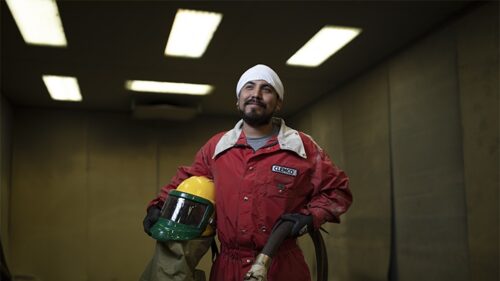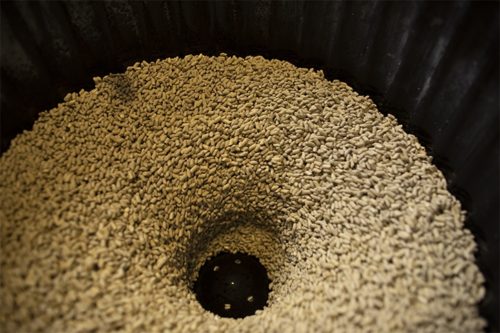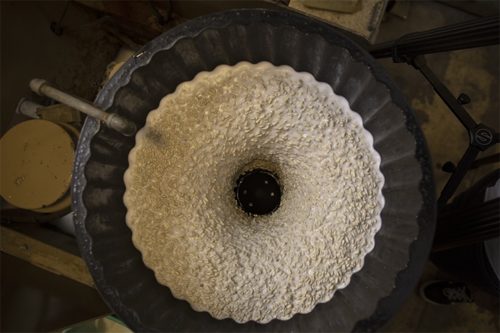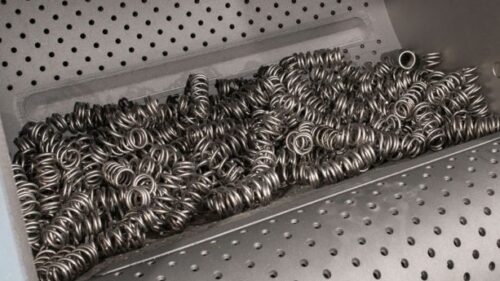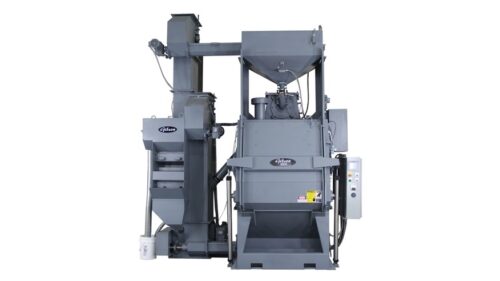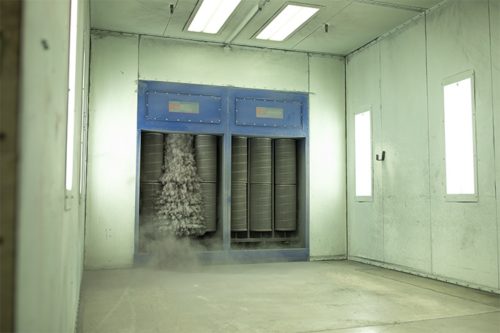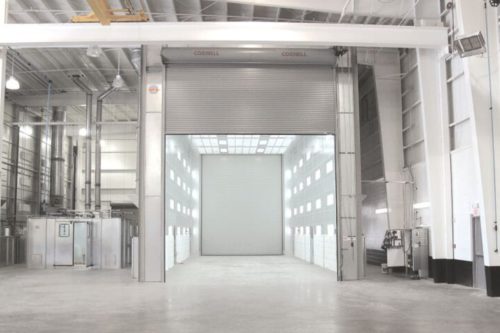Mass finishing processes are typically a wet process, involving water and compounds. The water used in those process can contain used media, compounds, or particulates from the work pieces themselves.
Some processes will be set up as a closed drain process in which the water is circulated through the machine during the cycle. This method uses less water, but the water is eventually flushed out of the system. The other method is an open drain, or flow through process in which fresh water and compound are metered into the mass finishing equipment while processing. Either of these systems will eventually require dealing with wastewater, also known as effluent, at some point. Occasionally, the effluent is transferred to a settling tank or lifting station until it can be processed.
Municipalities differ significantly regarding what forms of effluent can go directly to drain. In almost all cases effluent must be treated prior to going to drain. SurfacePrep recommends that you always check with your local municipality in regards to what can safely be disposed of via drain. Properly dealing with wastewater is a critical consideration in determining what process works best for your application.
The two basic classifications of equipment that deal with effluent, or wastewater, are:
- Filtration System – A filtration system is usually a less expensive way to remove the very large particulate from your effluent or wastewater stream. It is difficult to remove all contaminants from effluent using mechanical filtration. Some particulates can be too fine to be removed via a filter.
- Centrifuge System – These systems process the effluent by introducing the wastewater into a spinning bucket or container. The heavy particulate, typically a clay from ceramic media, and the fine particulates, or possibly flashing or burrs from the work pieces gravitate towards the outer walls of the spinning bucket as effluent flows through. These buckets, or sometimes fixed containers, are then either manually removed and cleaned or scraped clean by a scraping blade in an automated system. The recycled water is then returned either to the machine or to a tank or lifting station to be utilized again.



